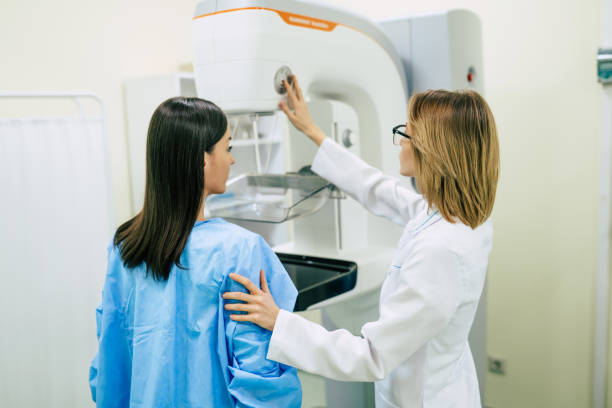Menopause Can Have Wide-Ranging Features
Menopause is a significant milestone in a woman’s life, often accompanied by a range of physiological changes and symptoms like hot flashes and mood swings. While these symptoms might be the most discussed, there’s another crucial area that often gets overshadowed—bone health. The menopausal transition is not just a biological turning point; it serves as a pivotal moment for safeguarding your skeletal well-being.
Startling Statistics: UK and USA
Let’s set the stage with sobering statistics from both sides of the Atlantic. In the United Kingdom, approximately 5 million women grapple with osteoporosis and low bone density, significantly increasing the risk of fractures. In the United States, 40 million women are affected by osteoporosis and low bone mass, with older women bearing the brunt of this public health issue. These figures underscore the urgency to address bone health, especially during the menopausal transition.
ASBMR Annual Conference Highlights
The importance of this topic was recently highlighted at the American Society for Bone and Mineral Research (ASBMR) Annual Conference held in Vancouver. Among the key takeaways was the critical role of perimenopausal bone loss. Perimenopause is the phase leading up to menopause, and, according to the conference, this is a vital period to start taking proactive measures for bone health.
The Science Behind the Concern
During the menopausal transition, which includes the perimenopausal phase, there’s a significant decline in bone mass and strength within a 3-year window surrounding the date of your final menstrual period. This rapid deterioration is often preceded by changes in sex steroid hormones, particularly oestrogen and follicular stimulating hormone (FSH).
Hormones as Vital Indicators
These hormones can be invaluable in predicting the onset and severity of this rapid bone loss phase. They can effectively act as early warning signals, enabling you and your healthcare provider to formulate a comprehensive and proactive treatment plan, ranging from hormonal therapies to lifestyle modifications like diet and exercise.
The Long-term Implications
Neglecting to address this can result in severe consequences. With one in two women likely to experience an osteoporotic fracture in her lifetime, the implications stretch far beyond discomfort. It risks long-term health setbacks, loss of independence, and even decreased life expectancy.
Your Opportunity for Early Action
The menopausal transition, particularly the perimenopausal stage, offers a critical window for preventive measures that can significantly alter the trajectory of bone health in your later years. Therapies like hormone replacement or bisphosphonates, a balanced diet rich in calcium and vitamin D and weight-bearing exercises, can be instrumental.
Steps to Take Now
- Regular Screening: If you are in your 50s or approaching menopause, screening for bone density and hormone levels should be on your healthcare checklist.
- Consult a Specialist: A specialist in bone health can provide a tailored treatment plan. For UK residents, the London Osteoporosis Clinic offers comprehensive services.
- Lifestyle Changes: Consider implementing nutritional adjustments and an exercise regime focused on bone health.
- Early Medication: Early medication can significantly alter the outcome if your hormone levels indicate a heightened risk.
Concluding Thoughts
So, consider this your definitive call to action, whether in the UK, the US, or anywhere else. The menopausal and perimenopausal phases aren’t just the closing of a chapter but a critical opening to actively secure your future bone health. It’s time to take the reins; a proactive stance today can ensure a healthier, more vibrant tomorrow.

